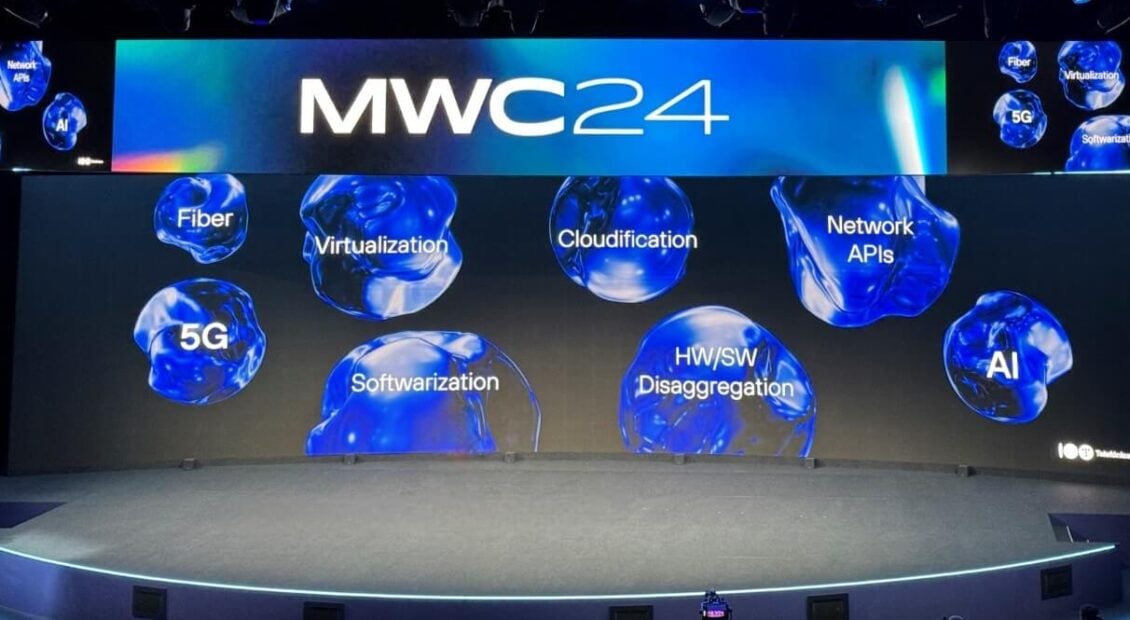An extract from our 284 page, 124 chart, strategy report that analyses the business models, markets, objectives, strategies and modus operandi of the major adjacent players, and their current and future impact on the telecoms industry. The report identifies the areas and options for competition and co-operation, and outlines potential strategies for interacting with each player. It also draws the combined activities of the digital empires – telcos, so called ‘OTT players’ and others – into the context of the new ‘Great Game’, the battle for power and value in the emerging digital economy. (Page updated February 2012, report published November 2011, Dealing with Disruption stream) Google Apple Facebook Microsoft Skype Amazon Telco 2.0 Disruptor Report Cover













